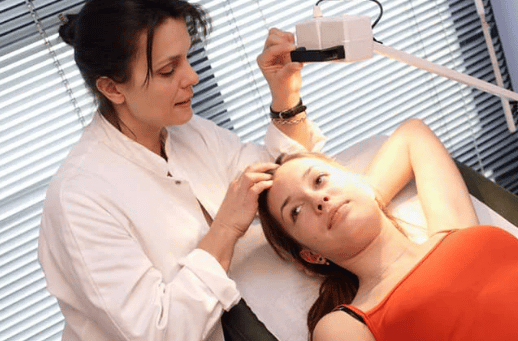Skin HIV-1 and HIV-2 Symptoms. HIV is a virus that attacks and weakens the immune system. It affects your whole body and can cause other long-term complications. Physical symptoms can manifest, especially on your skin, through rashes. That is why you can observe that most HIV-positive individuals have rashes or blisters on their skin, more frequently on the neck area up to their faces.
HIV-1 and HIV-2 are two human immunodeficiency virus types (HIV). Both types are chronic but treatable health conditions. With the proper treatment, HIV-positive individuals can live long, healthy lives.
With all that, how do HIV-1 and HIV-2 types affect your skin? How does HIV look on the skin? You can read more to know the answers to these questions.
Skin HIV-1 and HIV-2 Symptoms
You can experience skin HIV-1 and HIV-2 symptoms early or later in contracting the virus. In fact, an estimated 90 percent of patients with HIV develop skin changes and symptoms at some point. For many, it could be one of the first signs of the virus. With good viral control, skin problems have become less common to people with HIV. Skin HIV-1 and HIV-2 symptoms are also less severe and easier to treat.
Here are some HIV-1 and HIV-2 symptoms that can form on your skin:
Rashes – HIV rash is the most typical HIV symptom on the skin. An HIV-related rash is often a flat red area on the skin that is covered with small bumps. Medication used to treat HIV can also trigger this symptom.
Shingles – Shingles are painful, blistering skin rashes that look like water blisters. Individuals are more likely to develop shingles if their immune system has been compromised because of untreated HIV or stage 3 HIV. You will likely develop shingles with more severe complications if you have fewer CD4 cells and higher HIV viral loads.
Lesions – Skin lesions are patches of skin that vary from the surrounding skin. They are usually lumps or patches, and many triggers can cause them, including HIV. They can occur anywhere on the skin and take one to two weeks to heal.
What Does HIV Look Like On Skin
Whether caused by an HIV medicine or the virus, the rash commonly looks like a red, flattened region on the skin covered with little red bumps. It can also be itchy and painful.
HIV can also cause other different rashes, which may vary in appearance. These rashes can be linked directly to HIV infection or indirectly caused by HIV-related medications, other conditions, and health issues. Knowing when and why these rashes develop is necessary since certain types may signal a serious health problem.
If you develop an unusual rash and believe you may have been exposed to the virus, get tested for HIV as soon as possible

